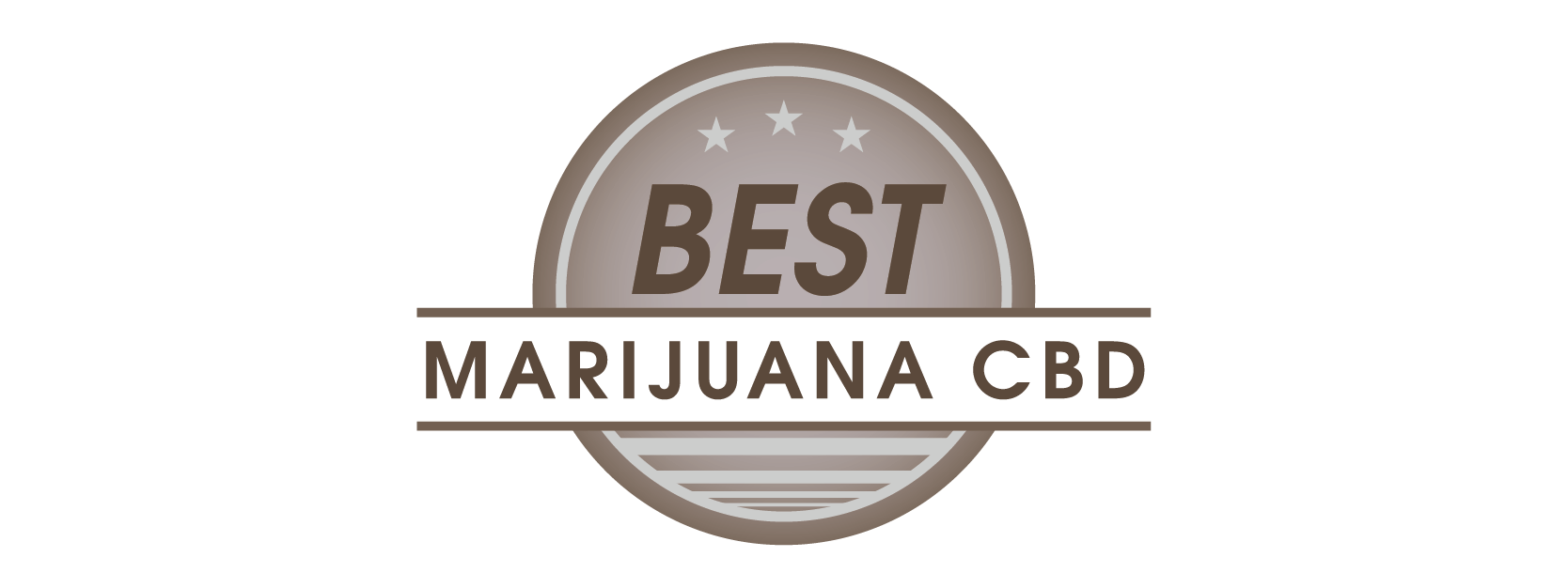As the fitness and sports world continues to evolve, athletes are constantly seeking natural ways to enhance recovery and performance. Cannabidiol, better known as CBD, has emerged as one of the most discussed wellness supplements of the past decade. From weekend warriors to professional athletes, many are exploring whether CBD can reduce inflammation, improve sleep, and speed muscle recovery after intense workouts. But how much of the buzz is supported by science?
Understanding CBD and the Body’s Endocannabinoid System
CBD is a non-intoxicating compound derived from the cannabis plant that interacts with the body’s endocannabinoid system (ECS)—a complex network of receptors that help regulate pain, inflammation, and mood. Unlike THC, CBD does not cause a “high,” which makes it appealing to athletes looking for relief without psychoactive effects. According to research published in Frontiers in Neurology (2018), CBD has shown potential as an anti-inflammatory, antioxidant, and neuroprotective compound.
The ECS plays a vital role in maintaining homeostasis, or balance, throughout the body. When athletes push their limits during training, the ECS helps manage stress and restore equilibrium, which is why CBD is believed to support recovery through its indirect influence on the system.
CBD and Muscle Recovery
Post-workout soreness—often referred to as delayed onset muscle soreness (DOMS)—is caused by microscopic muscle damage that triggers inflammation. Traditional recovery tools include ice baths, stretching, massage, and over-the-counter anti-inflammatories like ibuprofen. However, long-term use of NSAIDs can carry risks, including gastrointestinal issues and kidney strain. CBD, on the other hand, offers a potentially safer alternative.
Preclinical studies have shown that CBD can reduce inflammatory markers and pain signaling in the body. A 2020 review in the Journal of Pain Research highlighted that cannabinoids, including CBD, could play a role in pain modulation without the addictive risks of opioids or the side effects of NSAIDs. For athletes, topical CBD creams and balms are especially popular for targeting localized muscle pain, while tinctures and capsules are used for broader systemic relief.
Sleep and Recovery Benefits
Quality sleep is one of the most crucial aspects of athletic recovery, and CBD may contribute here as well. Research published in The Permanente Journal (2019) found that CBD improved sleep quality and reduced anxiety in participants after one month of use. For athletes, better sleep can mean improved muscle repair, hormone regulation, and overall recovery time.
Moreover, some athletes report that CBD helps manage pre-competition anxiety and promotes a sense of calm—important for maintaining focus and mental resilience during training or competition.
Safety, Legality, and Dosage
While CBD is widely available in the United States, athletes must navigate a complex regulatory landscape. The World Anti-Doping Agency (WADA) removed CBD from its list of prohibited substances in 2018, but other cannabinoids like THC remain banned. This makes third-party lab testing essential to ensure that CBD products are free of THC and contaminants.
Experts recommend starting with a low dose—typically 10 to 25 mg daily—and adjusting gradually based on the athlete’s body weight, metabolism, and tolerance. Topical CBD products generally have localized effects, while oral products offer more systemic results. It’s also wise for athletes to consult with sports physicians before incorporating CBD into their regimen, particularly if they take other medications.
Looking Ahead
The scientific community continues to explore CBD’s potential in athletic recovery, but early findings are promising. While more human trials are needed, many athletes report anecdotal benefits including reduced soreness, better sleep, and calmer mental states. What’s clear is that CBD offers a natural, plant-based alternative for those seeking a gentler route to recovery without reliance on synthetic drugs.
As awareness and regulation improve, CBD may become a mainstay in the athlete’s toolkit—one grounded not in hype, but in balance and well-being.
